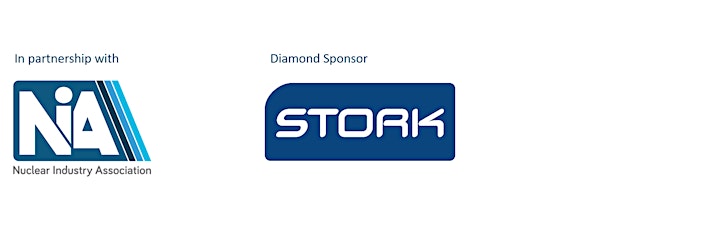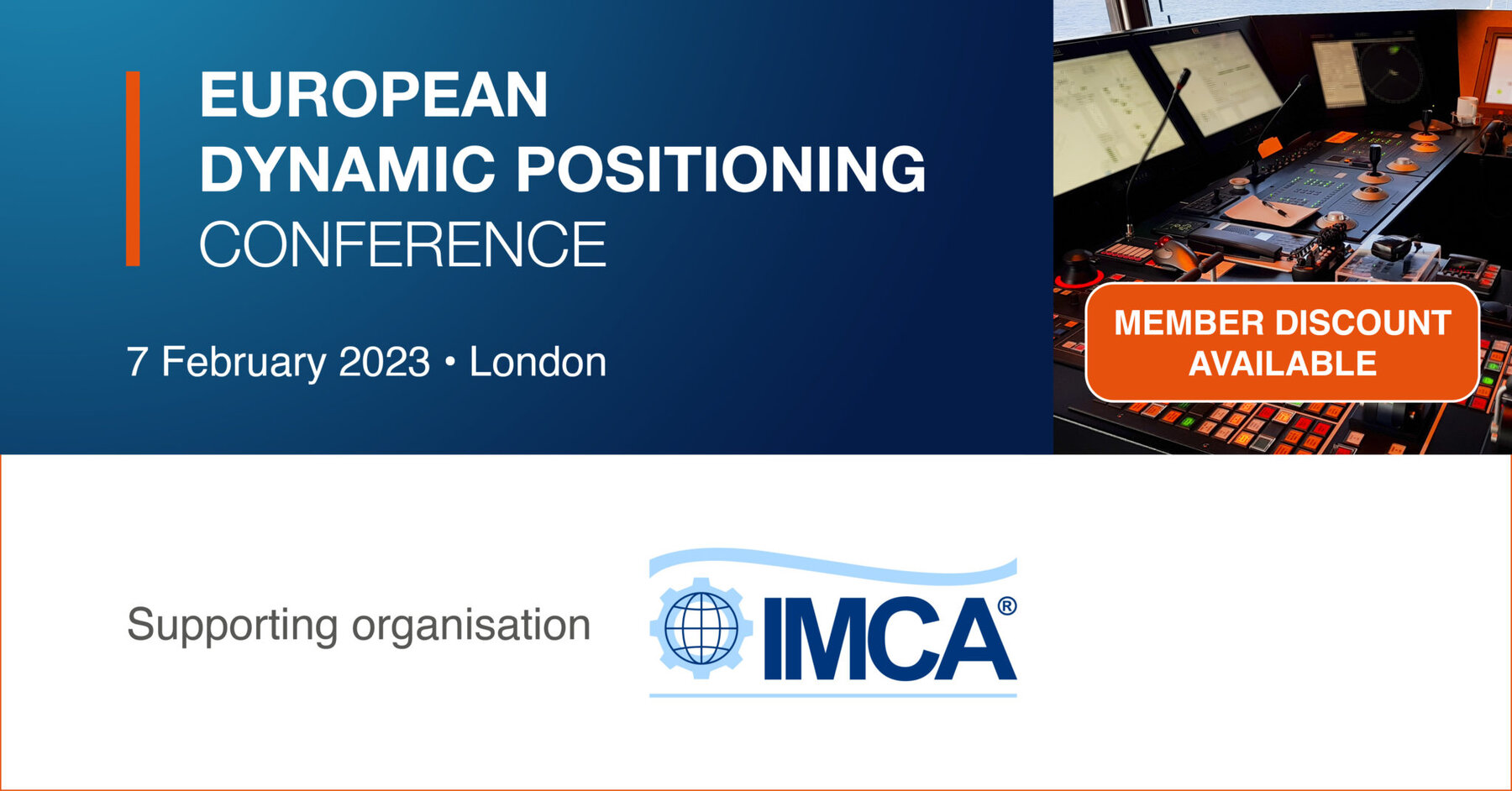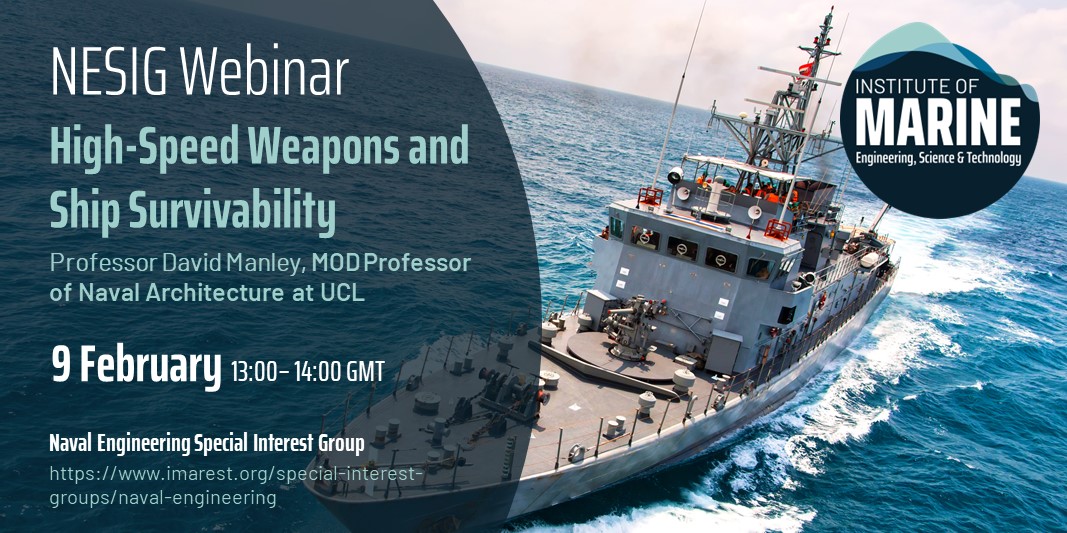5th – 9th June 2023 | Palm Court Aberdeen
Do you want to know more about Subsea Technology and Operations in Offshore Energy?
– then the SUT’s Subsea Awareness Course is geared towards YOU.
The Society for Underwater Technology (SUT) delivers a foundation-level Subsea Awareness Course (SAC) that is suitable for personnel across the full spectrum: Operators / Developers, Contractors, Technology suppliers and other interested organisations, for example; Government, Legal, Finance, and Engineering Houses.
This course provides underpinning knowledge for new entrants in the subsea sector of the offshore energy industry, as well as offering a refresher for experienced professionals seeking to update their knowledge.
Course Description
The course is delivered by experienced personnel from across the sector from Operators / Developers, Contractors and Technology Suppliers many of whom are recognised authorities within their organisations providing deep insight to the complete lifecycle of a subsea asset in both oil and gas and offshore renewables; covering design, installation, operations and ultimately decommissioning.
The course offers a balance of classroom and site visits to manufacturing plants and operating centres, thereby providing a broad spectrum of opportunity to engage and share knowledge with our highly experienced and respected industry personnel.
- The course has been run by the SUT since early 1990s, with continual refreshing to reflect the changing technological developments over the period and is geared for industry personnel who wish to expand their knowledge of offshore energy subsea systems.
- The modules are delivered by experienced personnel from Operators, Contractors and Technology System Suppliers to offer broad and ranging perspectives of the sector.
- Whilst most of the course will be presented in a ‘classroom’ environment, the sessions will be interactive, with the opportunity to ask questions and discuss what has been learned. In particular, hands-on and visual components have been included wherever possible to enable delegates to view software models and products designed for subsea service.
Who should attend?
- New Entrants who are already technically qualified but are just entering the offshore energy industry and / or the subsea sector
- Technically qualified, experienced personnel who require to undergo a technology transfer and conversion process from another relevant discipline into the subsea sector
- Personnel who have worked in subsea earlier in their career and appreciate the benefit to be had from a refresher course that includes exposure to the latest technologies and techniques
- Non-technical personnel from the likes of the Government, Legal or Finance sectors who are regularly dealing with the subsea sector will also find the course rewarding
Day 1 – Introduction to the Subsea Sector
- Introduction & Course Overview
- Oil & Gas Field Developments
- Host & Facility Options
- Offshore Renewables Developments
- Development Decision Processes
Day 2 – Oil-field equipment & Flow Assurance
- Oil-field equipment architecture
- Flow Assurance and how it impacts system design and operation
- Wellhead, Tree & Manifold Systems – Design Manufacturing and Testing (Site Visit)
Day 3 – Offshore Renewables Technologies & Subsea Control Systems
- Offshore Renewables Structures – fixed and floating options
- Subsea Power Cables in offshore renewables
- Subsea Umbilicals in oil and gas
- Subsea Controls (site visit) architecture, components, manufacture & test, operations
Day 4 – Pipeline & Riser Systems
- Pipeline & Riser Options – Design and Manufacturing
- Pipeline & Riser Options – Installation Methods
- ROV & Diver Operations (Site Visit)
Day 5 – Subsea Operation, Decommission, and the Future
- Subsea Operations – Inspection, Maintenance & Repair
- Decommissioning – Regulations, Operations, Facilities, Re-use
- Future Technologies – Hydrogen, CCS, Electrification
Cost
SUT Member £1900 (+VAT) (This rate is also available to members of EEEGR, OES, EIC, IMCA, and NOF)
Non-Member £2200 (+VAT)
Cancellations/Refunds
Cancellations are subject to a 25% administration fee where the cancellation is made more than one calendar month before the date of the training course. No refund is payable for a cancellation made within the calendar month immediately prior to the training course – in this event the full sum shown on the invoice remains payable.
Delegates may wish to nominate a substitute in their place.
Joining Instructions will be made available near the date of the course.





